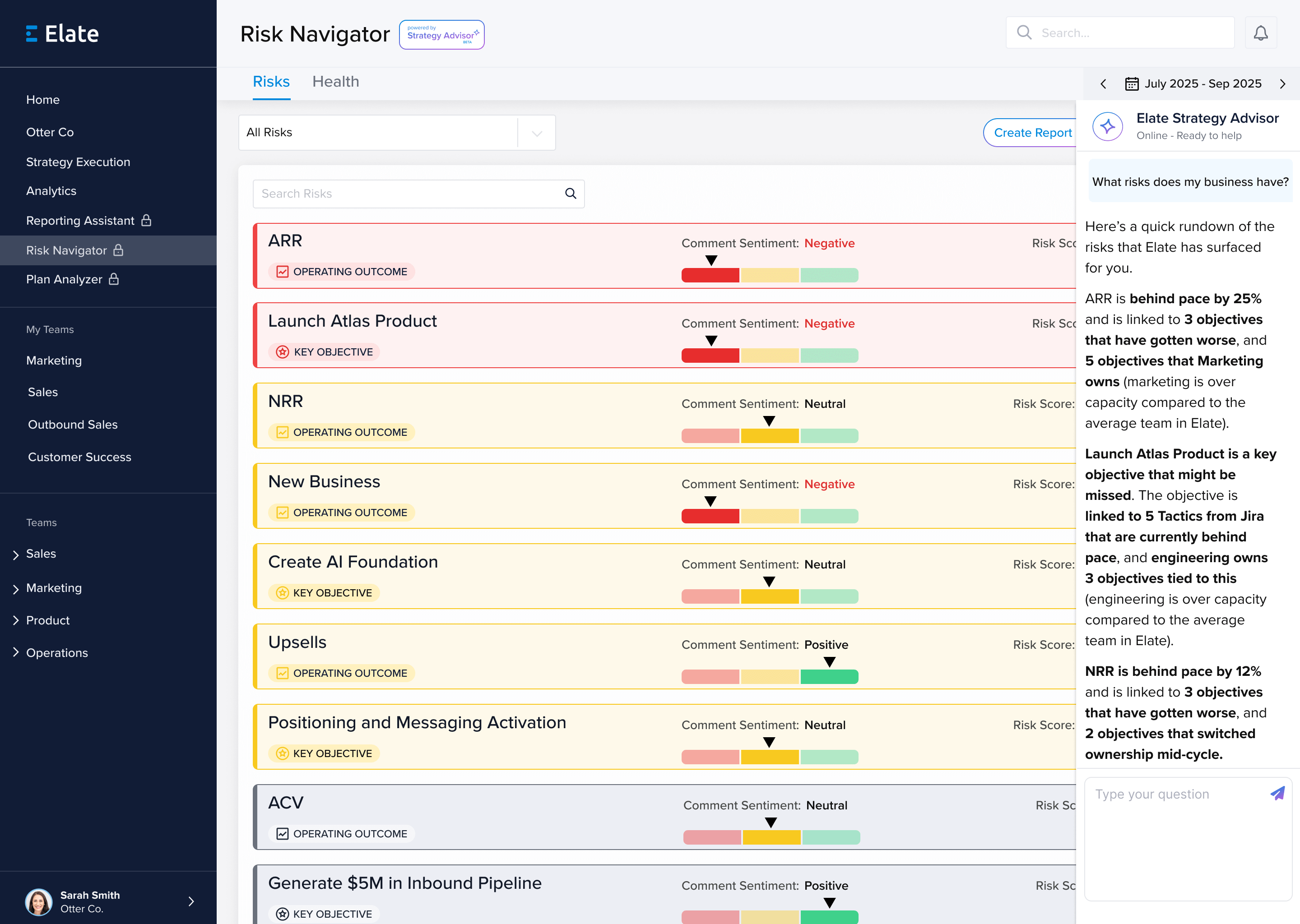Quick answer: A company scorecard is a small set of metrics leaders review on a cadence to understand performance, spot drift early, and decide what to change.
Operator note: A company scorecard is the smallest set of measures leaders trust enough to run the business. Make it boring on purpose: clear definitions, owners, and a cadence.
You know it's working when:
- Leaders spend less time arguing about metrics and more time acting on them.
- The same KPIs show up in exec reviews and board updates without rework.
- You can quickly tell what changed, why it changed, and what to do next.
In this guide:
- What a company scorecard is
- How to choose scorecard metrics
- How to run scorecard reviews
- Common scorecard mistakes
- Copy/paste template
- FAQs
What a company scorecard is
A scorecard is not a dashboard full of everything. It is a curated set of measures that reflect the business model and the strategic bets.
For KPI dashboards that support review meetings, see KPI dashboard software guide.
How to choose scorecard metrics
- Start with strategy. Your scorecard should reflect what matters this year. Use strategic planning as a reference.
- Balance leading and lagging indicators. Lagging shows results; leading shows whether results are likely.
- Limit the set. Leaders should be able to review the scorecard in 10 minutes.
- Assign owners. Each metric has a person accountable for definition and narrative.
How to run scorecard reviews
A scorecard becomes useful when it changes conversations. Reviews should focus on what changed, why, and what decisions are needed.
- Pre-read the scorecard before the meeting
- Discuss only meaningful movement, risks, and needed tradeoffs
- Capture decisions and next actions
Use the Operating Rhythm and Scorecard Reviews Guide to structure the cadence.
Common scorecard mistakes
- Too many metrics. Leaders stop reviewing consistently.
- Unowned metrics. No one can explain movement or propose actions.
- Definition fights. If sources and definitions are unclear, trust erodes.
Checklist: a scorecard that holds up in exec reviews
- 10 to 20 metrics max for the company-level view
- Clear definition and source for each metric
- Owner accountable for narrative
- Thresholds for “attention needed”
- Decision log tied to scorecard review meetings
External reference
Balanced scorecards are often described as a management system that provides feedback on processes and outcomes to improve performance. ASQ’s definition is a helpful reference: Balanced scorecard.
If you need a lighter-weight way to connect initiatives to outcomes, use strategic planning tools.
Copy/paste template: executive scorecard
Example scenario: Your scorecard is the agenda for the weekly or bi‑weekly leadership meeting. Each metric has a single owner, a clear definition, and a threshold that tells the team when to intervene, so the meeting becomes decision‑making instead of debate.
A scorecard is not a dashboard of everything. It is the small set of measures leaders use to run the business.
Category: Growth / Customer / Product & Delivery / Financial / People
Metric: [name]
Definition: [one sentence]
Owner: [who validates it]
Target: [thresholds for green/yellow/red]
What action it drives: [what leadership does when it changes]
FAQs
Should we use a balanced scorecard model?
It can be useful when you need to balance financial, customer, process, and learning measures. The key is to pick measures you will review and act on consistently.
How many metrics are too many?
If leadership cannot review them monthly, it is too many. Start small and add only when the review cadence stays healthy.
How do scorecards relate to OKRs?
Scorecards track business health. OKRs track priority outcomes for a quarter or a year. Teams often use both.
Want to make this easier to run every week? See a short Elate walkthrough, then decide if a live demo is worth your time.











